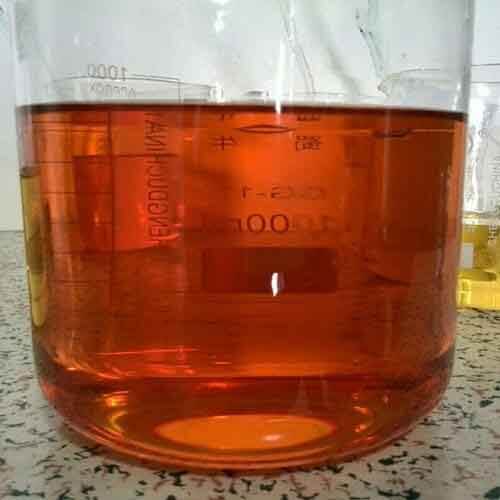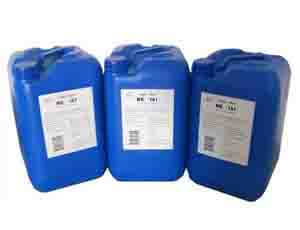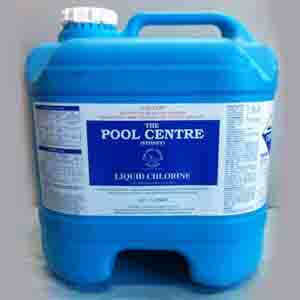- Home
- About Us
- Our customers
- Product
- Industrial
- BIS Plant
- Industrial Reverse Osmosis (RO) Plant
- Oxidation, Iron Remover and Softener Filter
- Sewerage Treatment Plant (STP)
- Activated Carbon Filter
- DM water treatment plant
- DM Water Treatment Plant
- Industrial RO Plant
- Water Treatment Plant
- MS WTP Plant of MES
- RO and Cooler of Howrah Zilla Parashad
- RO and Cooler of Howrah Zilla Parishad Hospital
- RO and Cooler of Indian Oil
- RO and Cooler of NRS
- RO and Cooler of Purnia College
- Sajaldhara Project
- Domestic
- Chemical
- Industrial
- Career
- Contact Us
+91 9038019502/ 6291434104
- Home
- About Us
- Our Customers
- Product
- Industrial
- BIS Plant
- Industrial Reverse Osmosis (RO) Plant
- Oxidation, Iron Remover and Softener Filter
- Sewerage Treatment Plant (STP)
- Activated Carbon Filter
- DM water treatment plant
- DM Water Treatment Plant
- Industrial RO Plant
- Water Treatment Plant
- MS WTP Plant of MES
- RO and Cooler of Howrah Zilla Parashad
- RO and Cooler of Howrah Zilla Parishad Hospital
- RO and Cooler of Indian Oil
- RO and Cooler of NRS
- RO and Cooler of Purnia College
- Sajaldhara Project
- Domestic
- Chemical
- Industrial
- Career
- Contact




